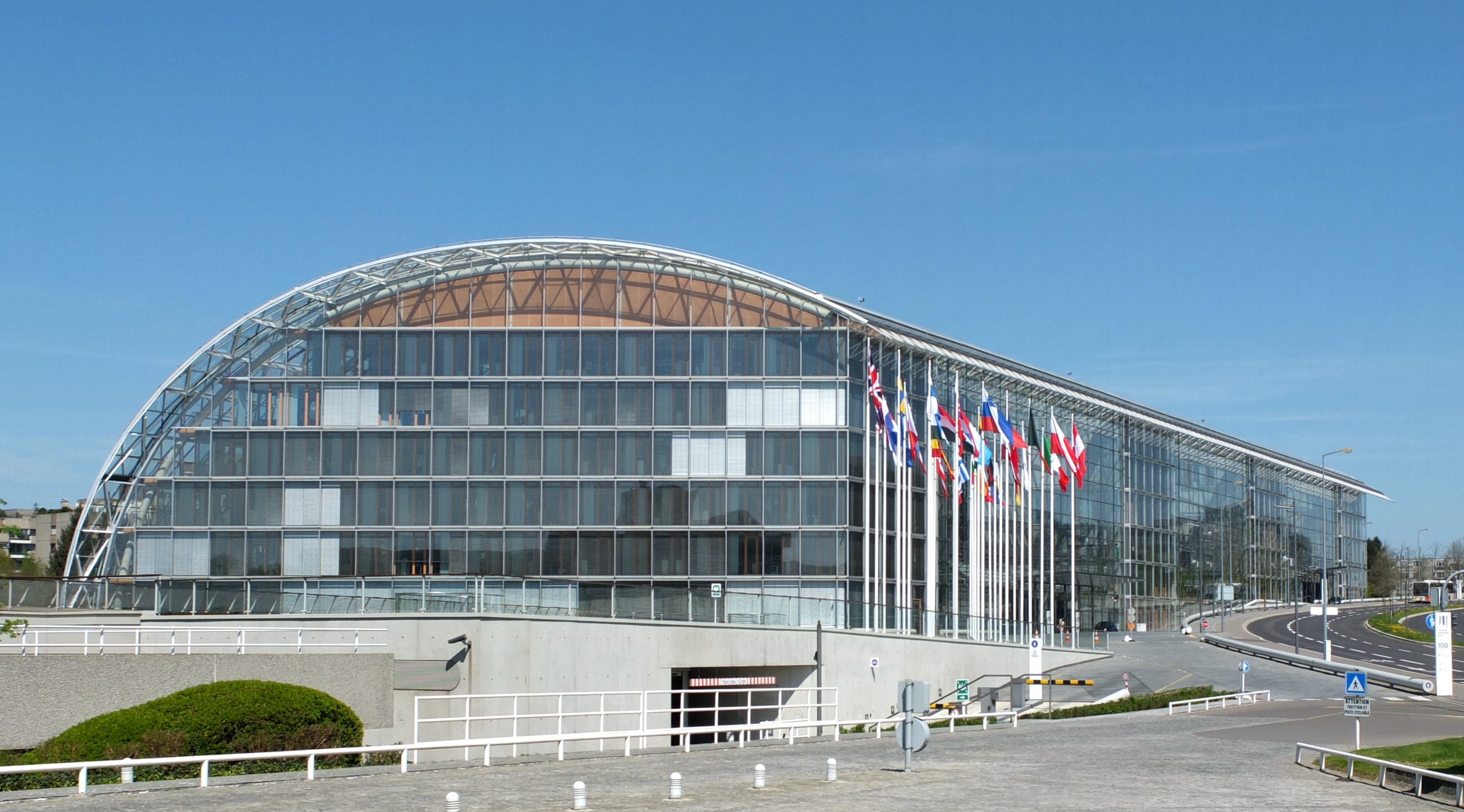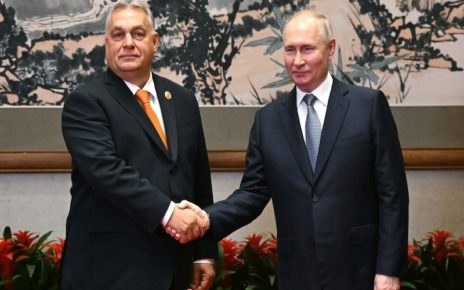In mid-November, the European Investment Bank (EIB) decided on five new rules to guide its energy lending policy: priority to energy efficiency, enabling energy “decarbonization”, increased finance for decentralized energy production, increased finance for “intermittent” energy sources such as wind and solar, and supporting “energy transformation” outside the EU. The Bank will cease lending in support of “fossil fuel” (i.e. oil and gas) projects, including pipeline construction, after the end of 2021. It had already ended lending for power generation projects based on coal and lignite several years ago.
These initiatives permit the EIB to brand itself as the world’s first “climate bank”, because the EIB President Werner Hoyer contended, in presenting the new policy, that “climate is the top issue on the political agenda of our time”. Despite the fact that the latest report of the Intergovernmental Panel on Climate Change (IPCC) explicitly states that it is impossible to predict climate change, Hoyer nevertheless justified that scientists estimate that we are currently heading for 3-4 degrees Celsius of temperature increase by the end of the century.
It had been proposed that the controversial changes take effect at the end of 2020. The matter had already been postponed after the mid-October meeting of the Banks directors failed to take any decision. Germany and the European Commission had been extremely hesitant about adopting the new rules at all, but in a surprise, at the end of an 11-hour meeting in November, they endorsed the “compromise” that such funding should end after 2021, instead of 2020.
This EIB policy decision comes at a time when renewable energy resources are losing their luster. The latest annual report of the International Renewable Energy Agency (IRENA), for example, is in general highly optimistic about cost projections but turns pessimistic about the cost of off-shore wind installations: this at a time when the International Energy Agency (IEA) has just produced a doubtful report suggesting that the off-shore wind capacity for power generation may increase by a factor of 15 in the next 20 years. Simple mathematics calculates that this translates into an increase of 15 per cent per year, compounded, for two decades: and this, regardless of any evolution of the world economy in general, also excluding downturns and recessions.
A 2016 IEA suggested that by 2040, wind and solar power generation would supply 37 percent of world electricity, but that it would have to supply 60 percent to limit the increase in average global temperature to 2 degrees Celsius. One of their 2019 reports projected a 28 percent increase in total world energy demand by 2040. For reference, it estimated that in 2016 wind power generation supplied only 4 percent of global electricity demand.
In 2017, electricity accounted for only about 15 percent of total primary energy supply (TPES) worldwide. If we suppose that by 2040 it will account even for 28 percent of TPES, then given the projected increase of 28 percent in total world energy demand in 2040, electricity will still account for only 15 percent of TPES. Even if wind and solar accounted for 60 percent of power generation (i.e. electricity) by then, this would still represent less than 10 percent of global TPES.
It would seem, therefore, that even such large-scale deployment of renewable energy technologies will have at most a marginal impact on the world energy portfolio. The questions whether they will have a real “decarbonization” result (i.e. decreasing the emissions of carbon dioxide), and even whether carbon dioxide is unique the control-knob of global average temperature, are beyond the scope of this column. It would be an omission not to note, however, that the undeniably colder temperatures of recent years put those matters into doubt in the minds of an increasing number of experts in the physical sciences.
What is significant for now, is that these new policies of the EIB will not affect demand for natural gas from the Caspian Sea region. They will definitely not affect Chinese demand for gas from Kazakhstan, Turkmenistan, and Uzbekistan, although the ongoing slowdown of the Chinese national economy (along with increased imports from Russia and the global growth of trade in liquefied natural gas) may have some effect on the rate of growth of that demand. They will not even affect European demand for Azerbaijani and Turkmen gas, soon to reach Europe through the Southern Gas Corridor.
The new policies, indeed, play into the hands of Russian interests. Although the final result is not 100 percent clear, Moscow seems to have the advantage now to succeed in completing the construction of the Nord Stream 2 natural gas pipeline under the Baltic Sea from Russia directly to Germany. Yet even this pipeline will add little to the energy import portfolio of the EU, since the connecting EUGAL pipeline through Germany will terminate at Baumgarten, Austria. In the end, therefore, any gas received by the EU through the Nord Stream 2 pipeline will mostly supply those former Soviet-bloc countries, now EU members, that currently receive Russian gas imports via Ukraine.
Featured Image: European Investment Bank Luxembourg (2015), by Palauenc05 via Wikimedia Commons. Public Domain.
Disclaimer: Any views or opinions expressed in articles are solely those of the authors
and do not necessarily represent the views of the NATO Association of Canada.




